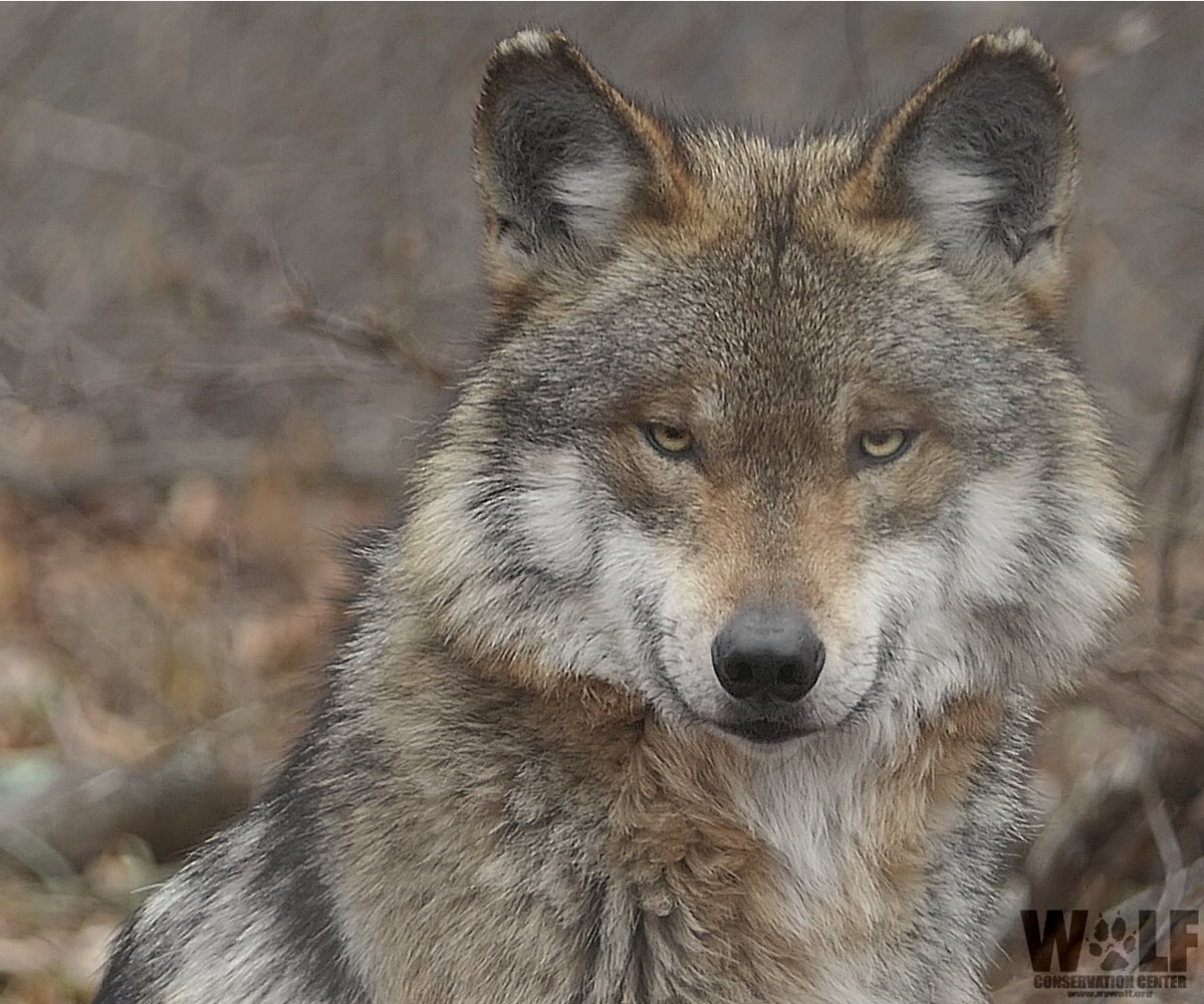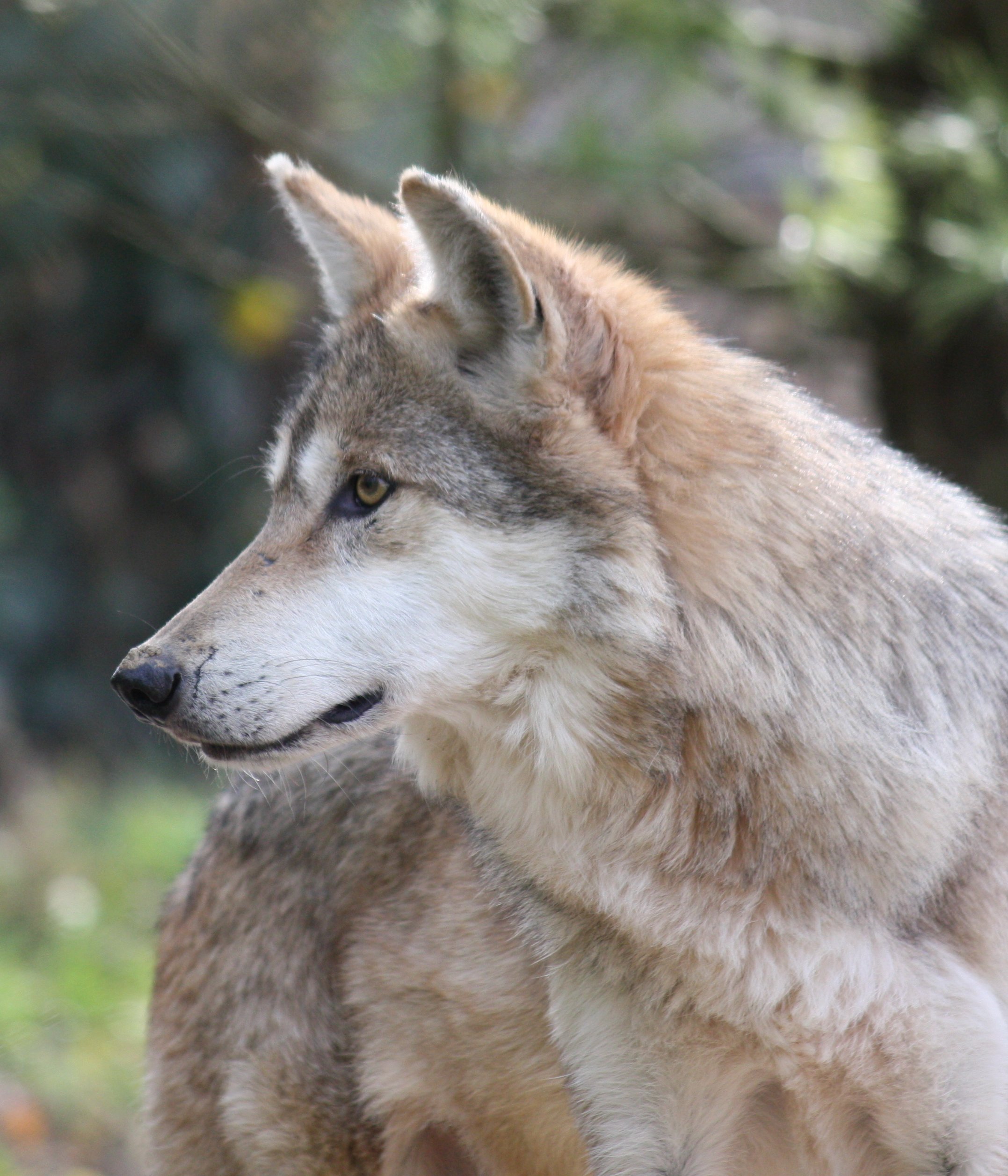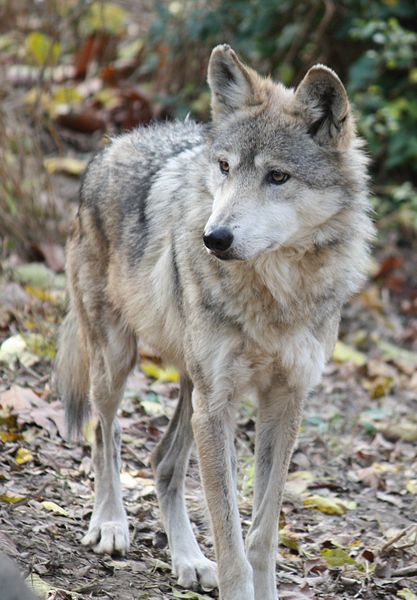-
The Elk Ridge Complex grazing allotments were closed to livestock grazing in 2015. Now the BTNF wants to open them to cattle grazing. Photo George Wuerthner The Bridger Teton National Forest (BTNF) has recently issued an Environmental Assessment to restock four vacant grazing allotments in the Upper Green River drainage north of Pinedale, Wyoming.…
-
The Mogollon Mountains of the Gila Wilderness, New Mexico is the heart of the Greater Gila Ecosystem. Photo George Wuerthner I have spent most of my adult life living within, exploring, learning about, and trying to protect the Greater Yellowstone Ecosystem. It is one of the premier wildlands in the nation and deserves…
-
Restoration of wild bison will require large landscapes. Photo George Wuerthner Bison were critical ecosystem influences on grasslands of North America, particularly in the Great Plains “bison belt.” They provided prey or carrion for wolves, grizzlies, other smaller predators and scavengers, and food for humans. In addition, bison grazing patterns influenced vegetation growth and distribution…
-
Let’s start with some facts: The majority of New Mexicans want to see Mexican wolves recovered. Public lands livestock are a leading source of conflict for the wolf recovery program. Livestock on public lands displace native wildlife through competition for food and driving them out of preferred habitats. Public lands livestock permittees are getting a…
-
Coauthored by Greta Anderson and Dave Parsons The Arizona Game and Fish Department has been busy promoting recently published research which documents ample habitat for Mexican wolves in Mexico. This supports the recovery criteria in the U.S. Fish and Wildlife Service’s official recovery plan and the Department’s desire to assume management of Mexican wolves, which will occur when…
-
The Six Mile North drainage is currently vacant, but the FS proposes grazing the allotment. It was burned by the Emigrant Fire but grasslands are robust. Photo by George Wuerthner Below are my comments concerning the expansion of grazing of the East Paradise Grazing Allotments. This is some of the most important wildlife habitat…
-
Mexican gray wolves are blamed for all kinds of livestock deaths in Catron County, and so we wanted to see for ourselves, by reviewing depredation reports, how USDA Wildlife Services is investigating dead livestock and arriving at determinations that Mexican wolves are to blame. Spoiler alert: It’s not particularly convincing. (I’ve written about this before,…

George Wuerthner is an ecologist and writer who has published 38 books on various topics related to environmental and natural history. He has visited over 400 designated wilderness areas and over 200 national park units.


